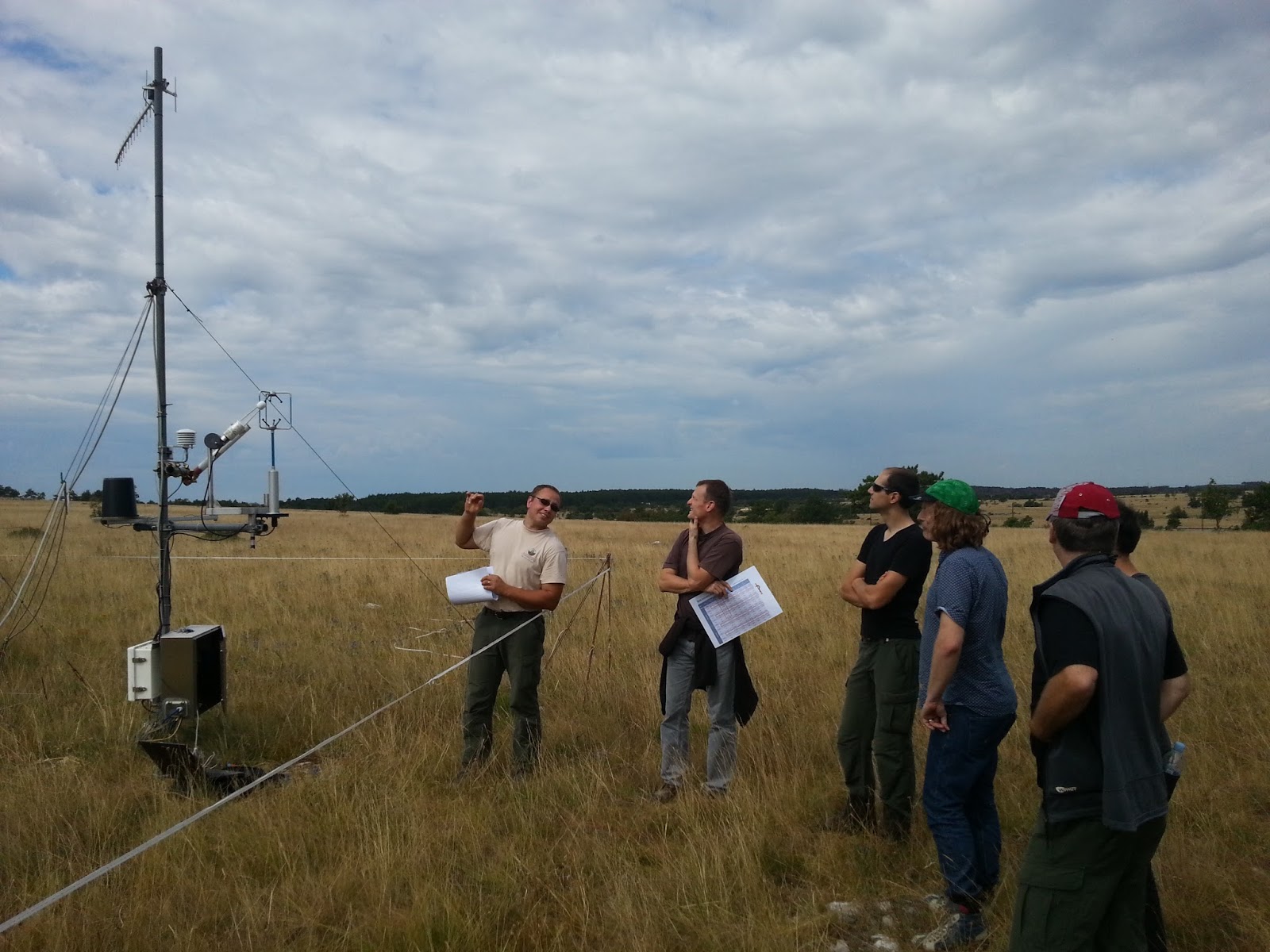One of the best part of biogeochemical research is getting out into the field. First of all, seeing the research site set within the landscape gives context and relevance to the project and the expected outcomes. Second of all, excursions into the field expose the non-natives (us) to the communities that work close to the land and resources that we study. When we are really lucky, we can take part in the fruit of the land. We are lucky to have a local apple press near by our study pot-holes (small water bodies). The owner is quite eccentric, but his group makes juice and apple cider wine (even a sekt) from local orchards.
Amazingly, the owner didn't reference certain orchards when we talked about which apples were used, but individual trees! The taste is unique, very earthy, and takes a sip or two to get used to, but I think it would be welcomed at any table up here in NE Germany during the dark winter, crisp spring air, or the still summer.
Apples ascending the press-belt





















